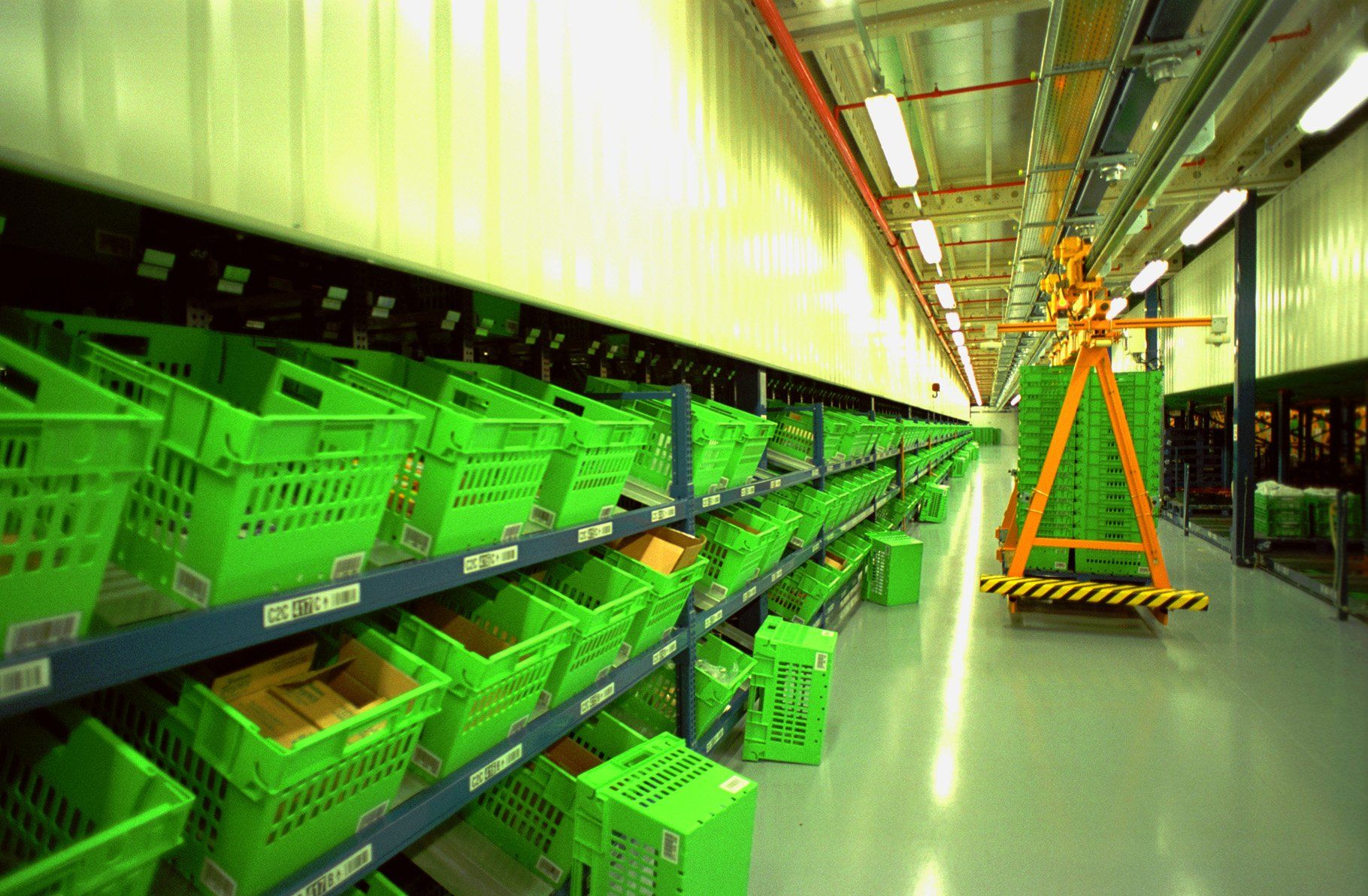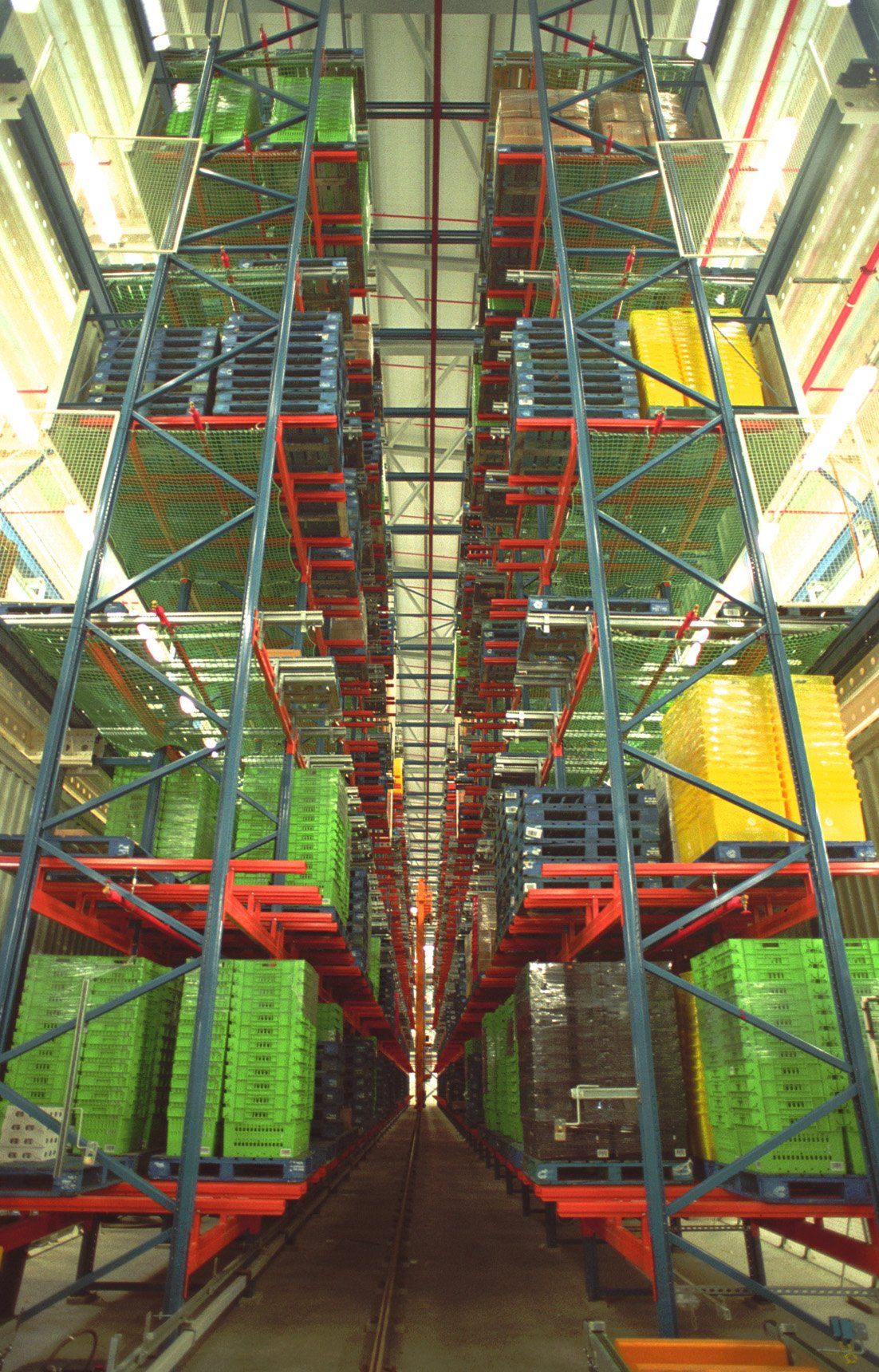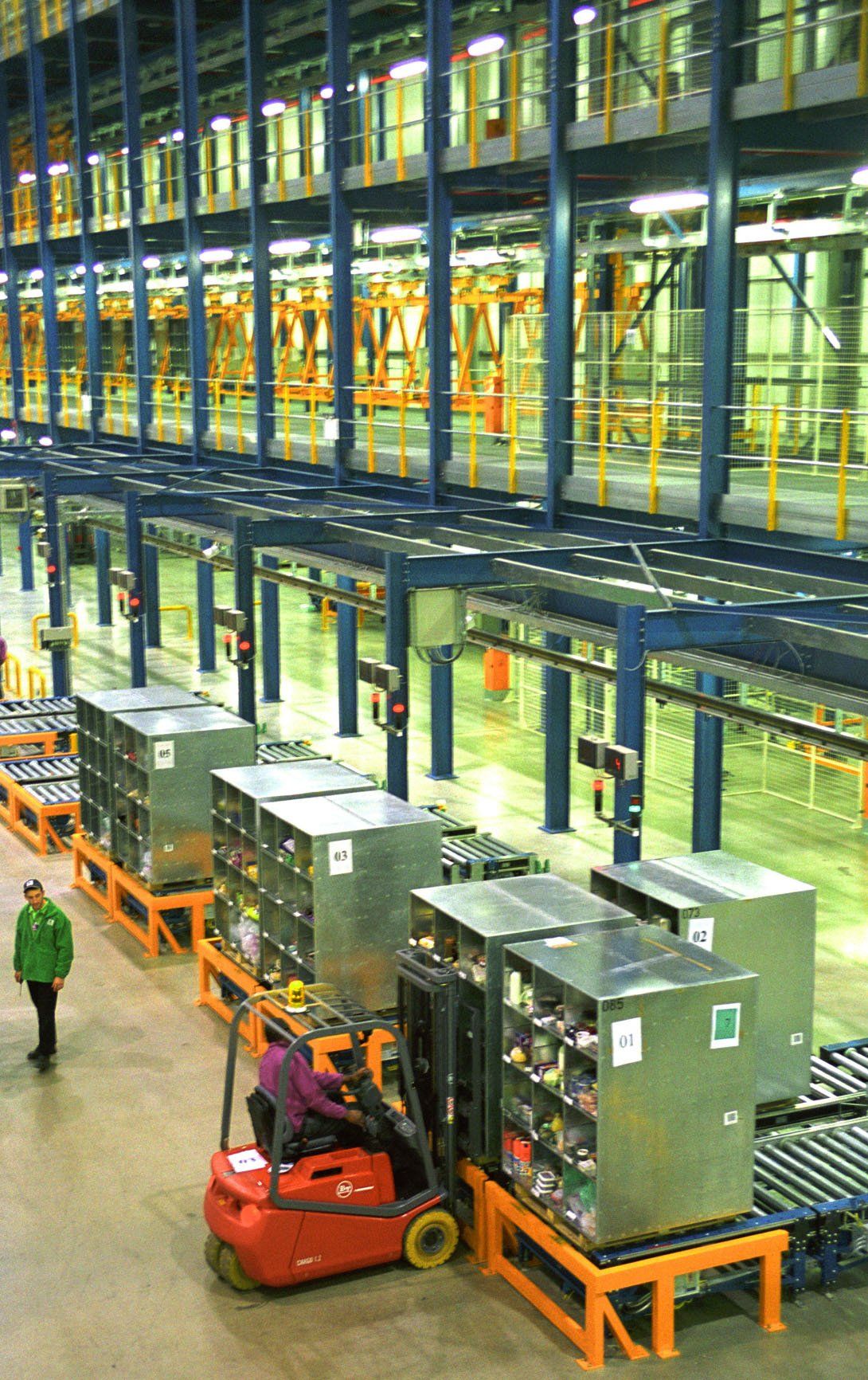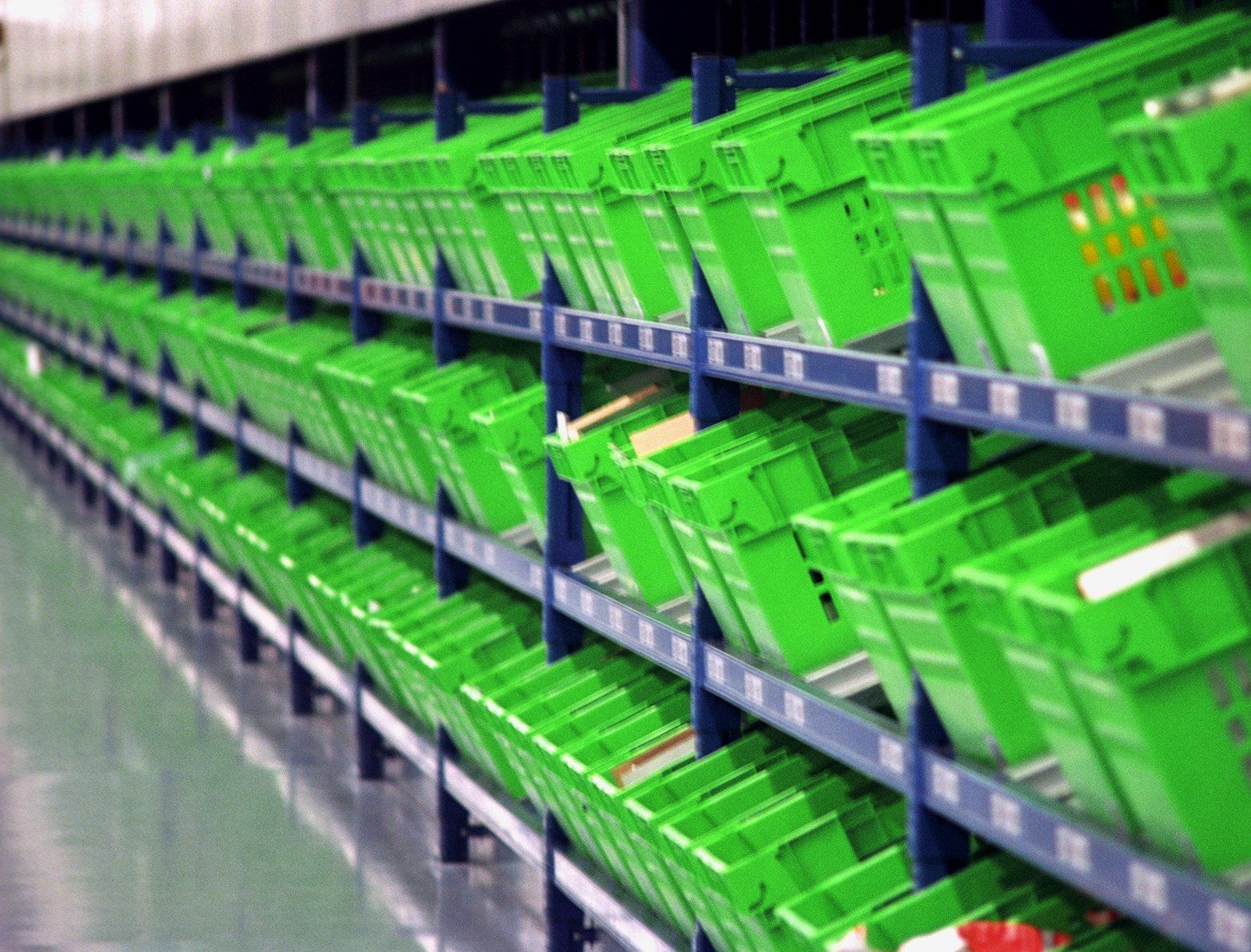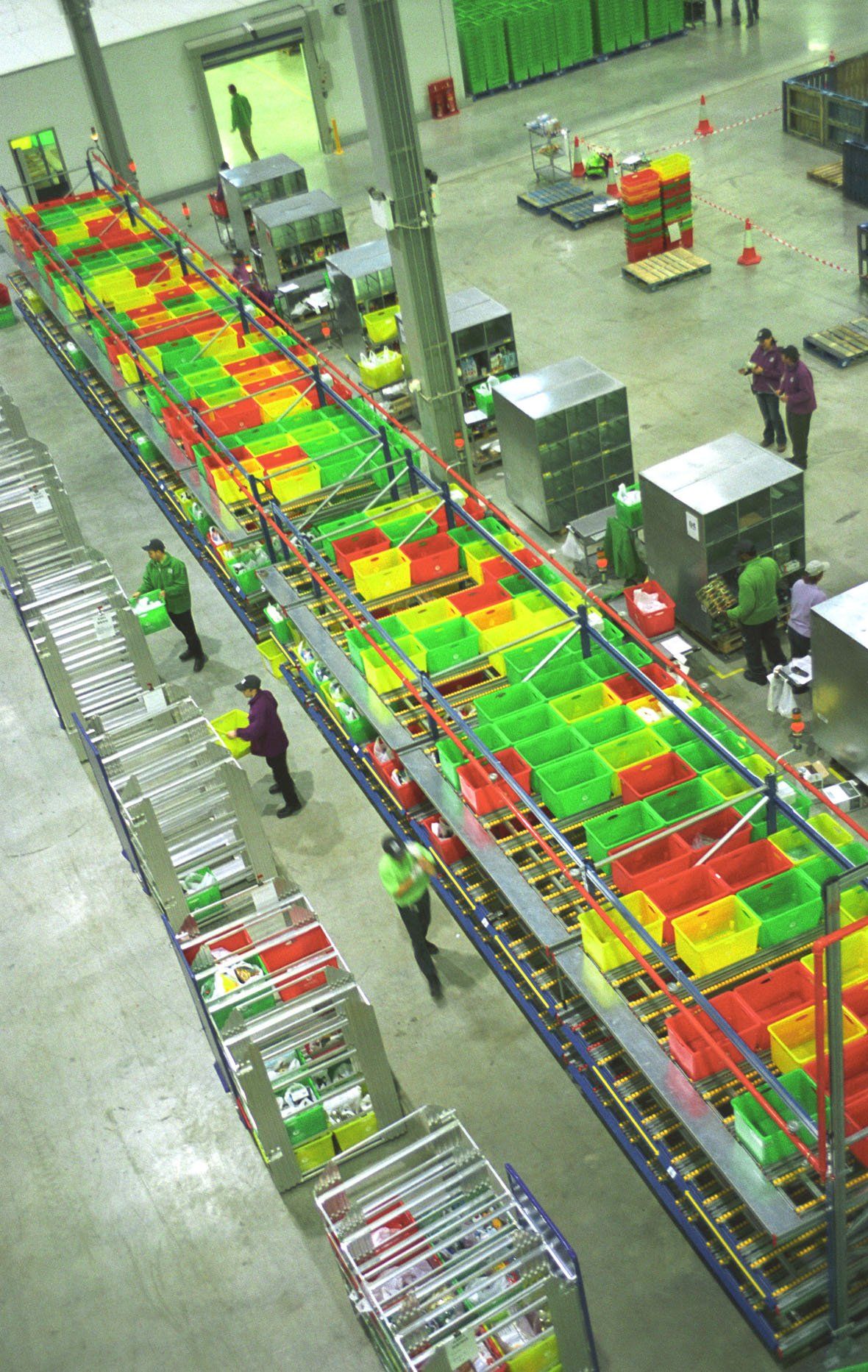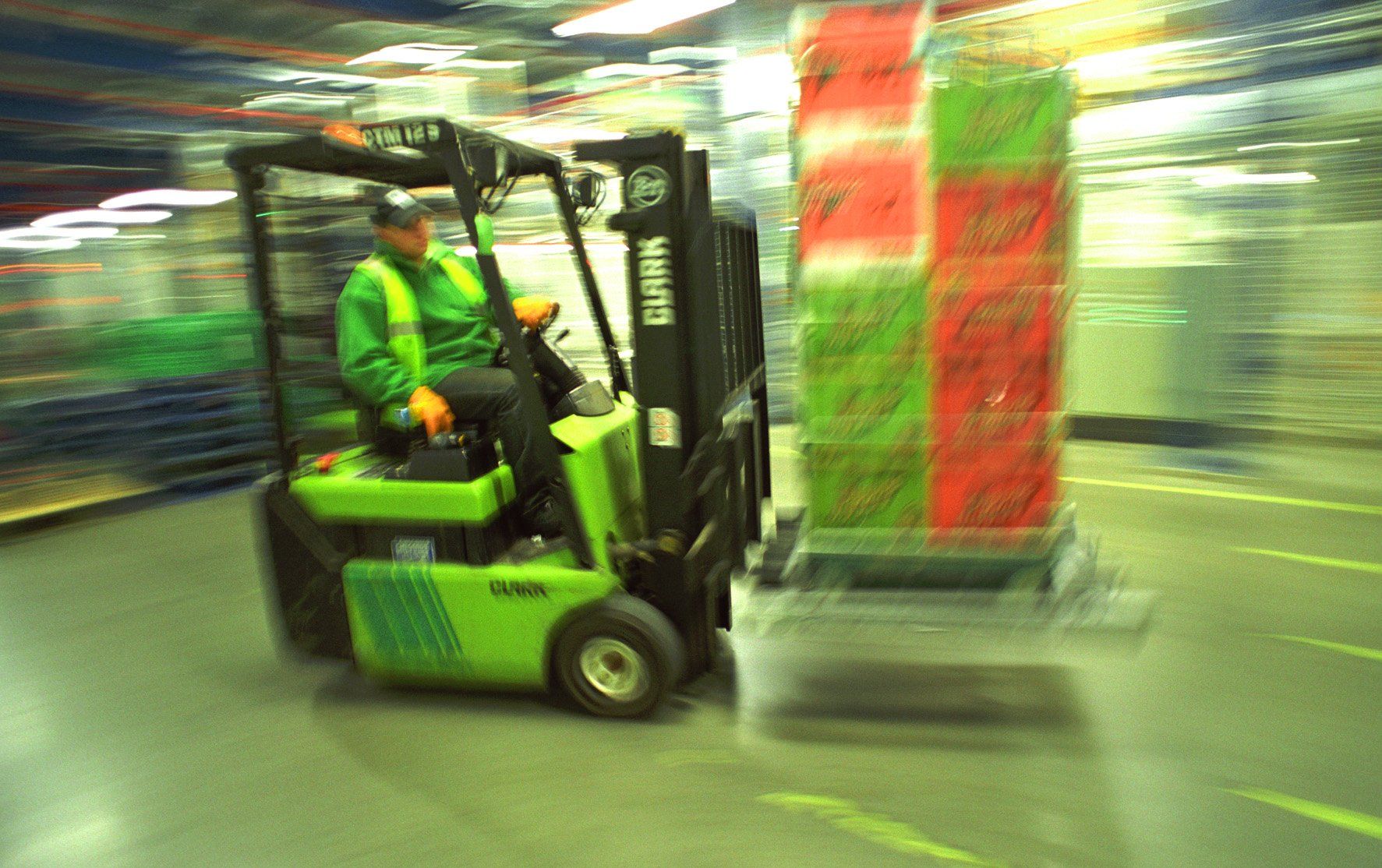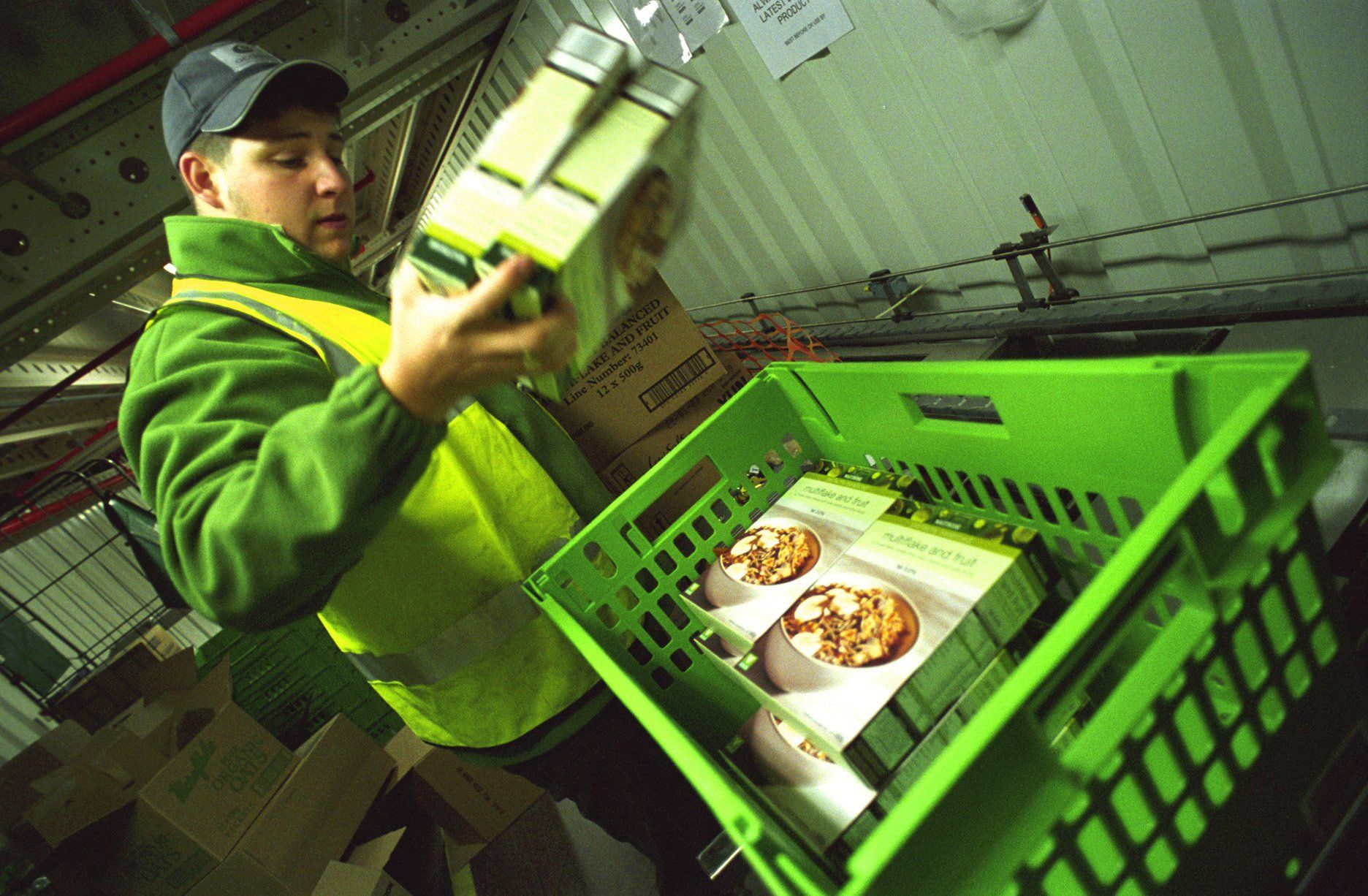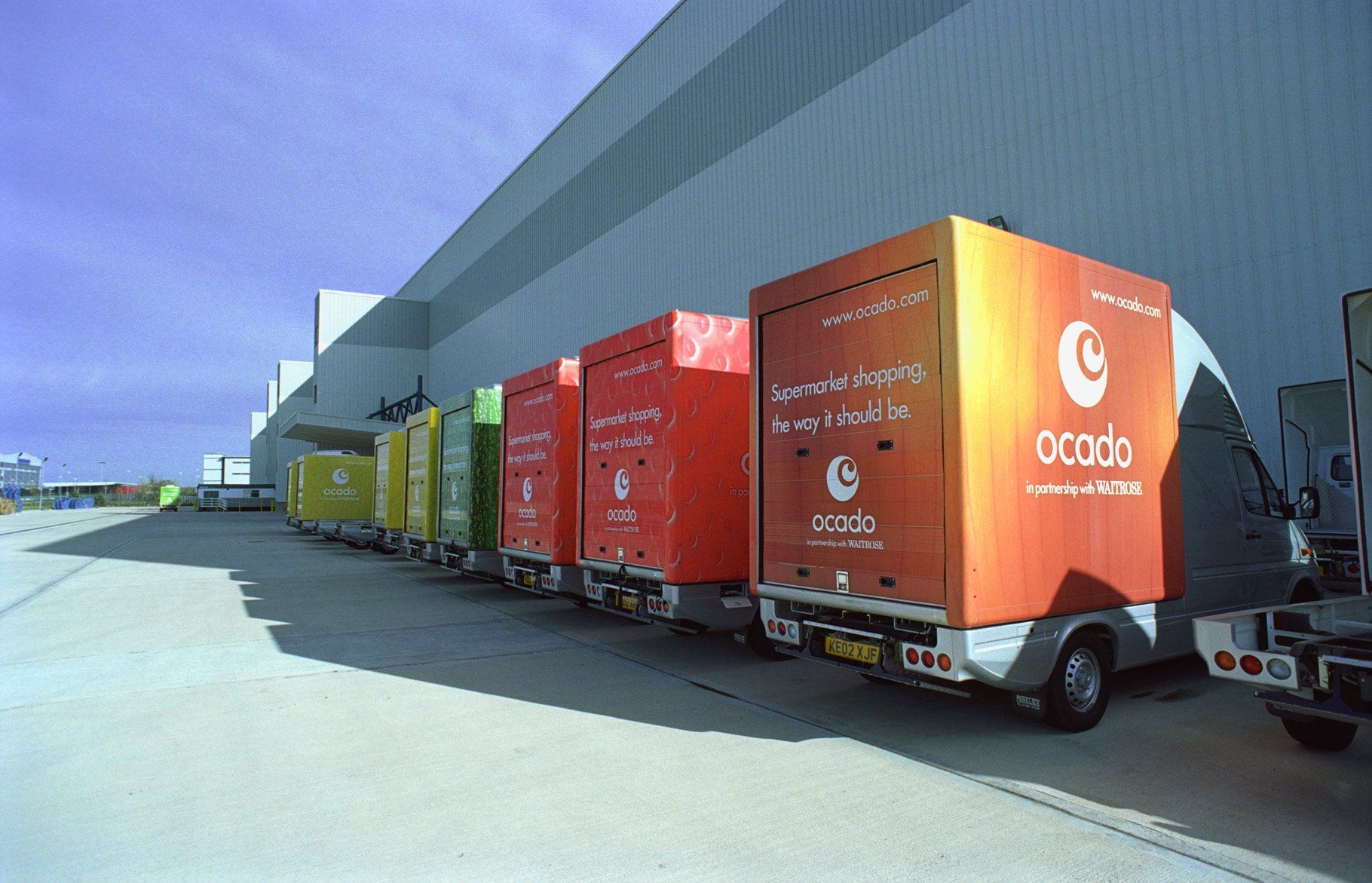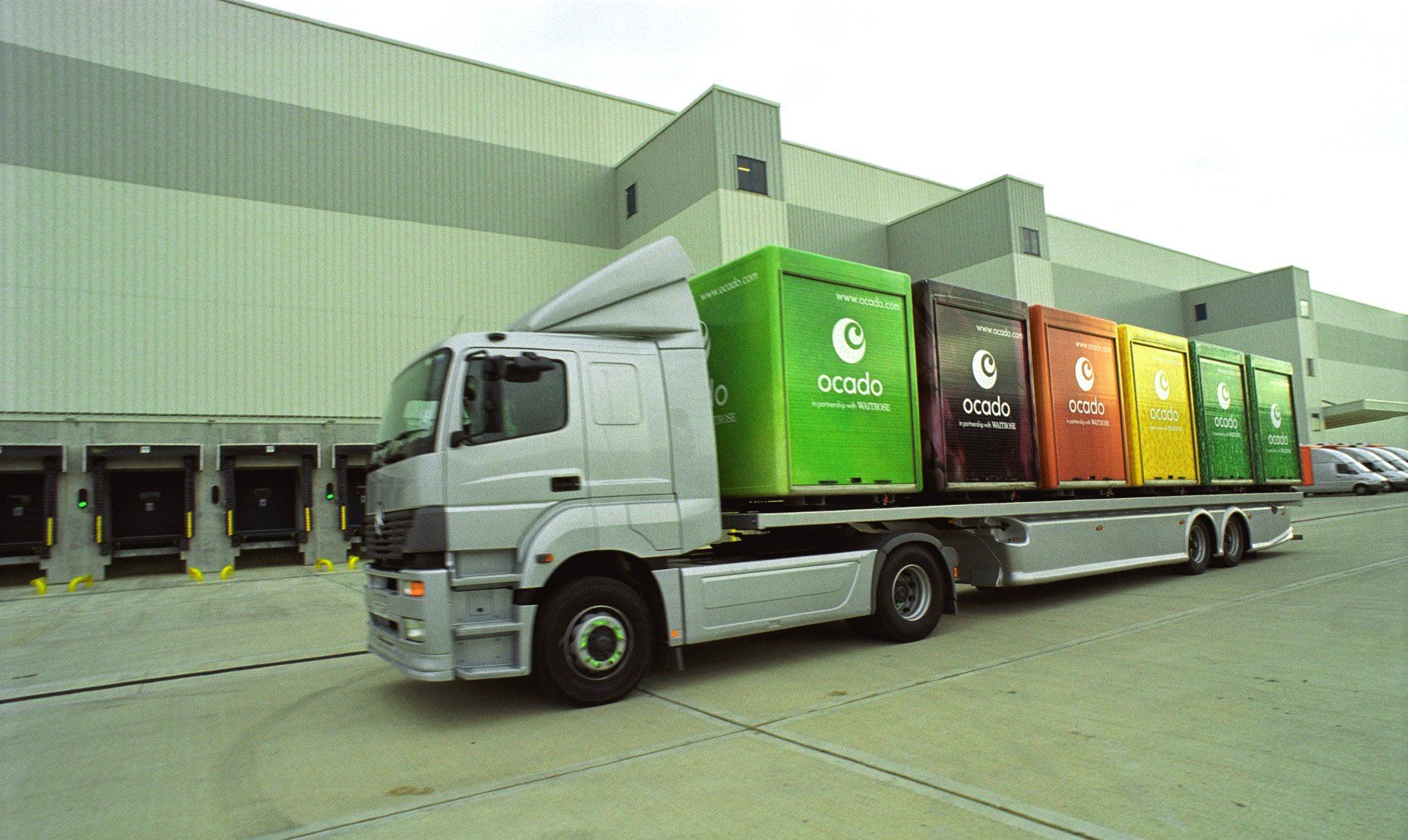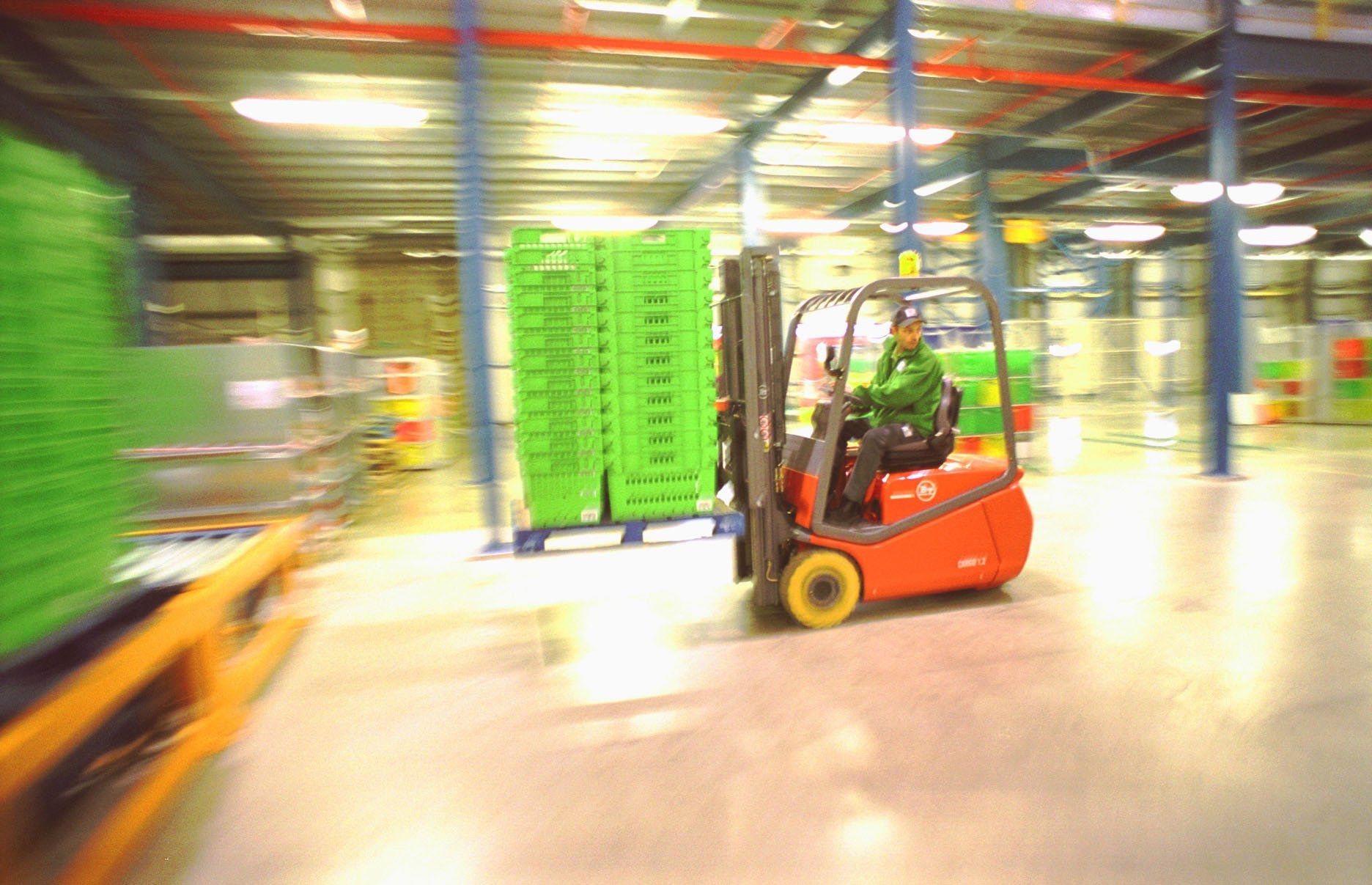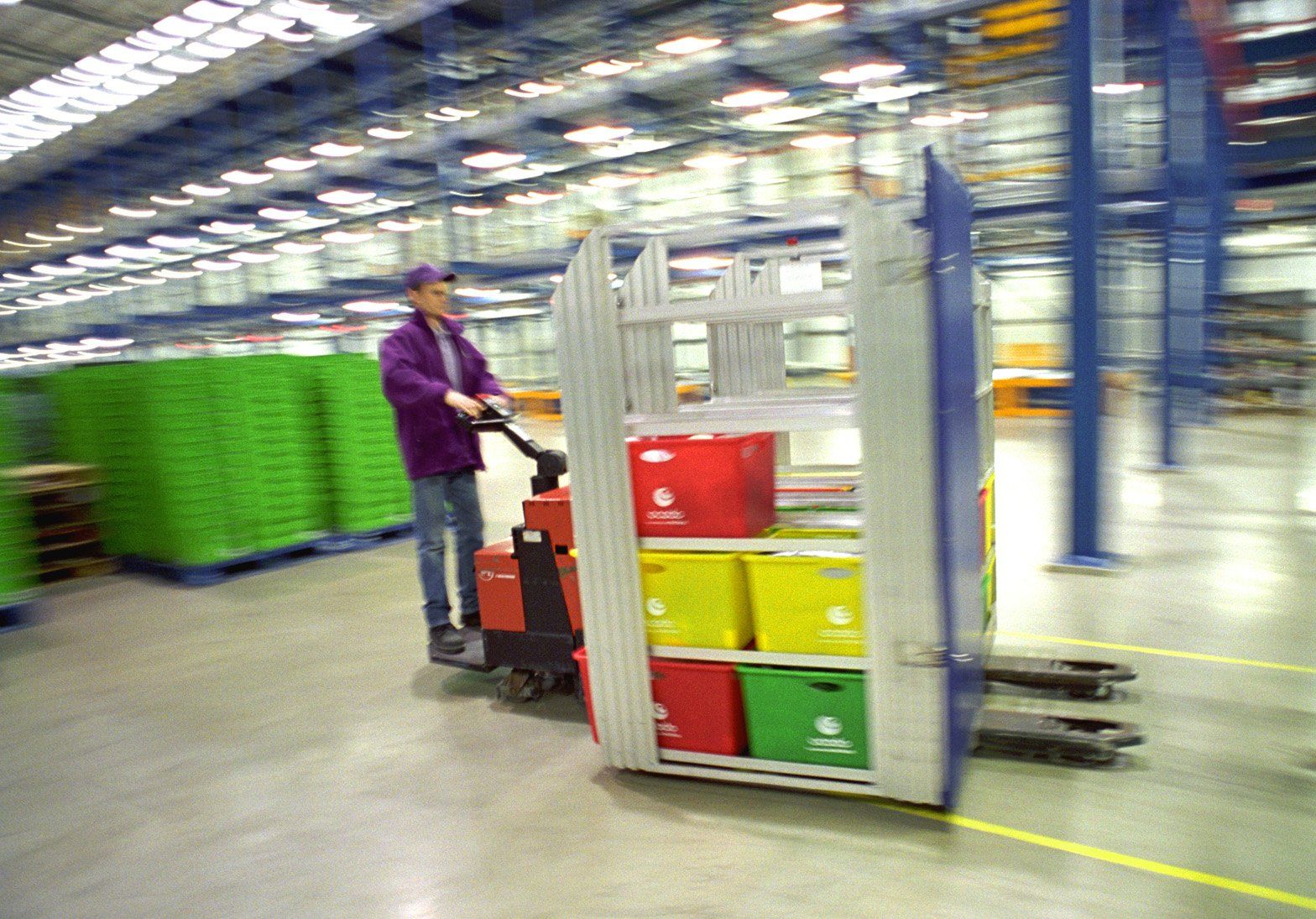Ocado Blueprint Design and Implementation
Ocado Blueprint Design and Implementation
Creating scalable and modular warehouse fulfilment processes, without a known dataset.
Creating scalable and modular warehouse fulfilment processes, without a known dataset.
Concept
- Creation of a Blue Print playbook to demonstrate potential logistics solution for Ocado's first warehouse (Customer Fulfilment Centre - CFC).
- Requirement to build capability to handle 180,000 orders per week, across ambient, chilled, frozen, general merchandise ranges.
- Just-in-Time production facility ethos applied to end-to-end operations: receiving, batch pick, sortation, pack, marshalling and dispatch, returns..
- Multi-tier picking mezzannines serviced by high bay and miniload stacker cranes to store and replenish pick faces.
- Monorail and zone pick selection processes preceded goods-to-man solutions for order assembly as order volumes grew.
- High density Tote storage buffer to contain and sequence totes for loading in Customer drop sequence, ordered by route.
- Bespoke cage-build and delivery-van pod design, to maximise orders per van within a dual-temperature vehicle, and cycling vans twice a day.
- Phased, modular and scalable warehouse implementation required, to defer capital spend as business learned to manage peaks and sensitivities of seasonal changes, peak order profile and changing customer behaviours.
Challenge
Challenge
Limited capital investment budget available.
Start up company with no volumetric data or known order patterns to base warehouse design on.
No existing systems, processes or supply chain in place.
No staff or management until business launch, meant every conceptual process had to be trained from scratch in a live 24/7 production environment.
Challenge of inventory management on short life product, managing peak days and peak hours, reacting to throughput constraints & flow bottlenecks.
Balancing tension of Operational needs versus requirement for staff training versus managing learning curve for engineering/systems maintenance.
Constant mandate to push weekly order capability to grow the business and exceed existing capacity limits.
Value
Benefits of project
Scalable site allowed agile changes and tweaks to the first proof of concept.
As real-time profile and order size data became known, solution could be adjusted to cope with evolving volumetric and demand profiles.
New cranes and conveyors added to handle cube, throughput, circulation constraints.
3-stage batch pick/sort/pack process simplified to higher efficiency of goods-to-man stations and zone picking methodologies.
Agile learning, "fail-fast" ethos, enabling reengineering of Operational processes across multi-phased development of the CFC site.
Ability to integrate multiple vendors into bespoke WMS control system to push the technological limits of MHE.
Capability to expand automation in future phases of development, to improve ROI and take learnings to redesign of future CFCs.


